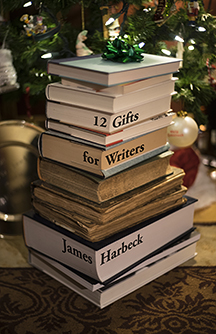As I mentioned in my note on supernatant, the latest video from NurdRage is on triboluminescence.
Triboluminescence. Rub that around in your mouth for a bit. Is it a light word? Does its form bring any light to its sense? It breaks with a bit of friction on the tongue tip at the start, then bounces between lips and tongue twice before easing to a hiss and then a nasal plus hiss, all on the tip. Seventeen letters, fifteen phonemes, six syllables (all but the last of which open, i.e., ending with a vowel).
But what makes all this trouble, this voluminous verbal tribulation? Its letters are superabundant like tribbles. It seems to balloon; it may recall bulimia, but it ends “in essence.” There are dark mines in the heart of it, but at the beginning a rib – from Adam’s tribe? Let us triturate it and reform it, to find in its parts centre cues in limbo, minor cuts been lice, nimble stucco Irene, lo mini cube centres, combines in lecture…
No sparks? No flashes? Not even a scintilla? Sometimes the best way to be enlightened is to start in the dark, in the hard, cold dark. Sometimes a bit of friction is necessary to discover the attributes. Smash a sugar cube – or, better, chew a wintergreen mint – in a dark room. You may well see – a spark? Just small flashes of light. So let us break apart this word into its morphemes.
It ends in ence, which is a Latin- (via French-) derived suffix forming nouns that refer to abstract qualities. Before that is esc, which is really escent with the ending eclipsed by ence; it refers to becoming: adolescent – becoming an adult; somnolescent – becoming sleepy. Before that is lumin, referring to light; there are several kinds of luminescence, of which bioluminescence may be familiar to you – living things giving off light (fireflies, for instance).
But tribo: groups of people? (Tribes are often thought of as benighted, but that is a colonialist view.) Tribunes? No. Rubbing. It comes from Greek τρίβος tribos “rubbing” (as in tribology – and the i is “short”) – meaning that this word, triboluminescence, is formed of a short Greek front and a long Latin back. It is crystallized in an asymmetrical form.
Which means it might give sparks when broken apart. Asymmetrical crystals seem to produce the little flashes due to electrical charges being separated and recombined when the crystals are broken apart – through rubbing or other fracturing. Do watch the video and see what happens at the end.
This word, triboluminescence, isn’t the crunchiest or crackliest word. But we have had little flashes of insight by breaking it apart. And then putting it together again.










